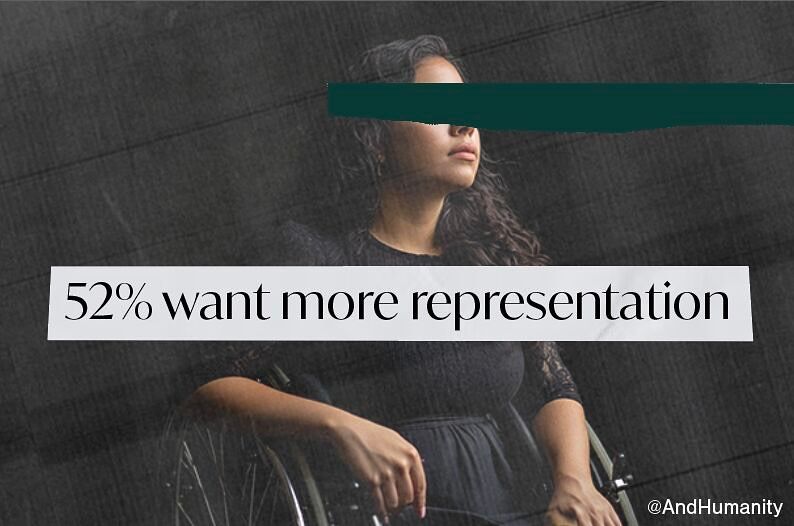There was an article written a little bit ago and it perfectly articulated the importance of how brands following the principle of “nothing about us, without us” not only benefited their end customers, but also saves organizations time and money:
“Brands are marching towards ‘disability inclusion’ by making accessible products using adaptive technologies. Such projects are praiseworthy. However, they come with a huge cost and pain later when the product is not accessible or has to be re-engineered to make it accessible. What’s worse than designing a product and have it rejected by your customer? Working with them from ‘idea development’ to ‘product development’ and finally ‘product commercialisation’ is the best way. Listening to the ‘voice of the customer’ at each stage can positively shape the development of adaptive products- “real inclusion”. After all, who is better than a customer itself to tell what a customer wants?“
One of the biggest misconceptions of disability inclusion and creating “adaptive products” is that it’s an “extra layer/extra cost/add-on” that disrupts forward-thinking and innovation.
But did you know that:
- Touchscreens sold to Apple that were originally designed for people with mobility issues and are now used on mobile devices everywhere
- The electric toothbrush that was designed to help those with limited motor skills to maintain dental health and are now used by millions for better cleaning
- Closed captions were originally used for people with a hearing impairment and are now used for myriad of activities, from learning a new language to watching content with the sound off
In truth, disability inclusion is innovation. It’s time we start embracing it as a strategy that’s just good business, rather than viewing it as a distraction from progress.








